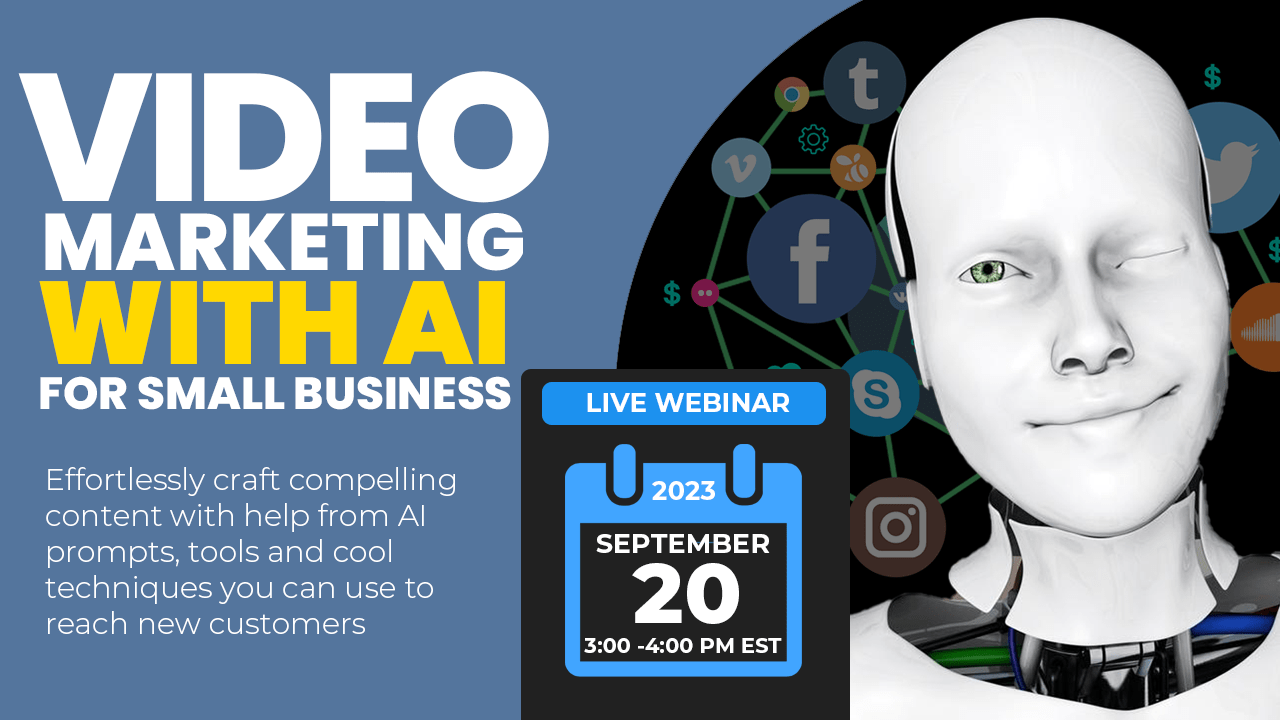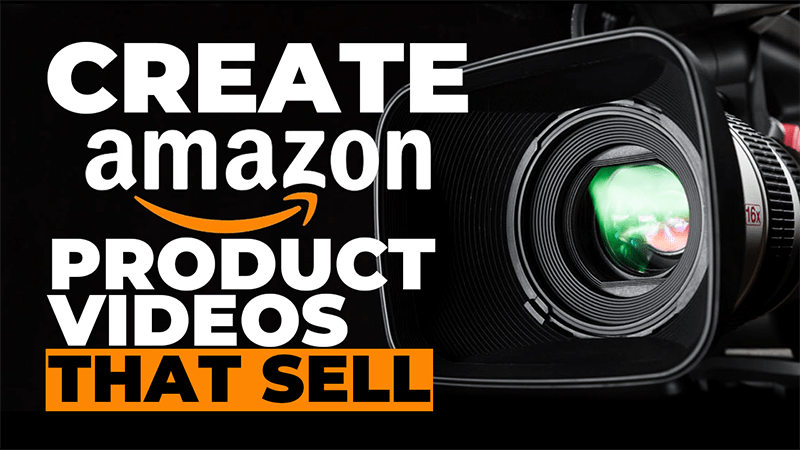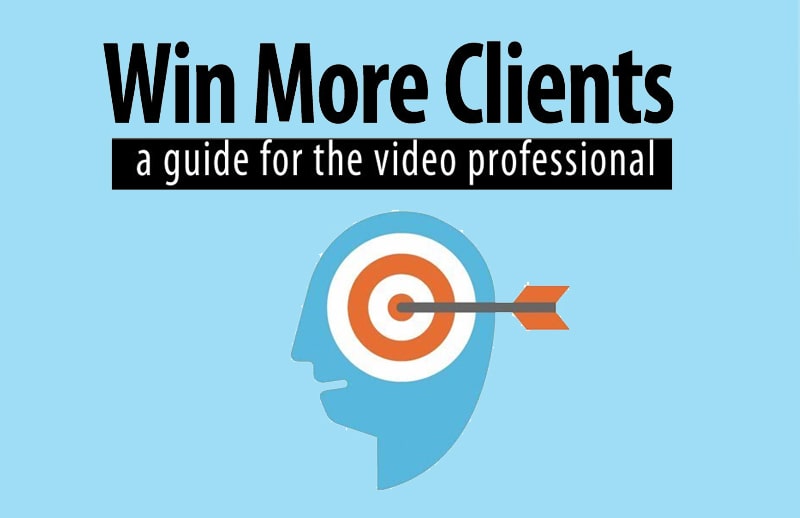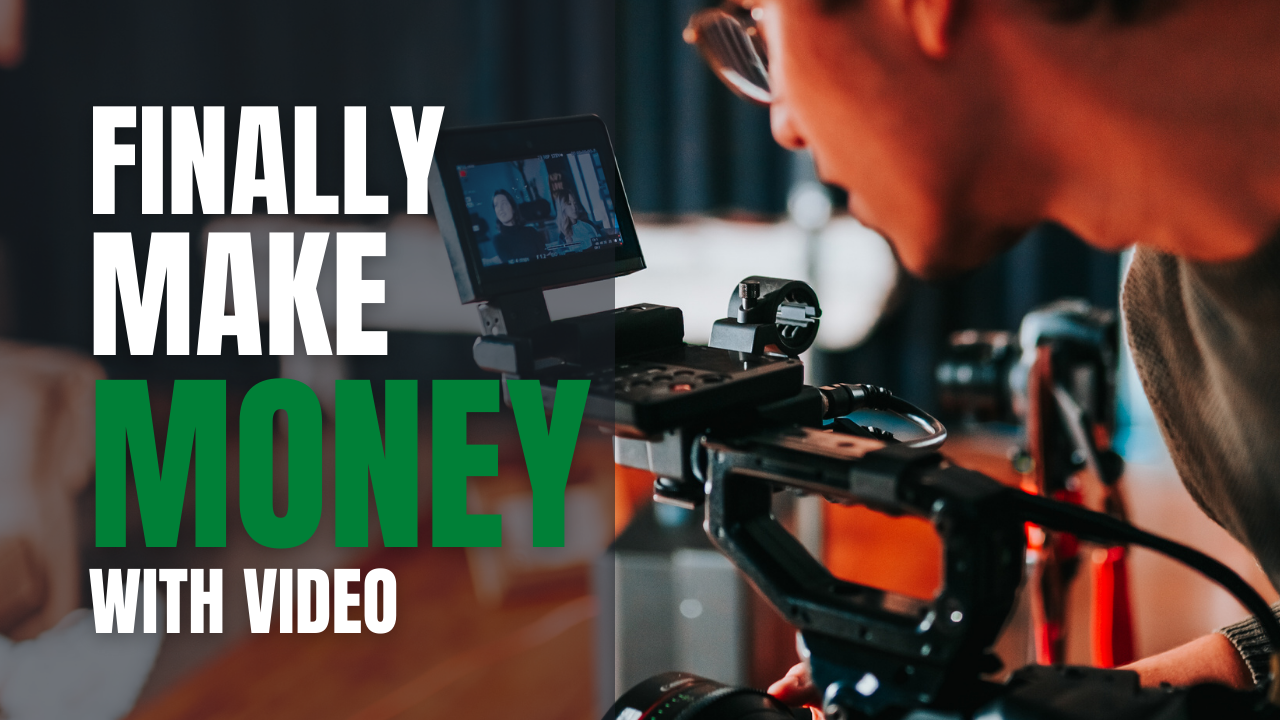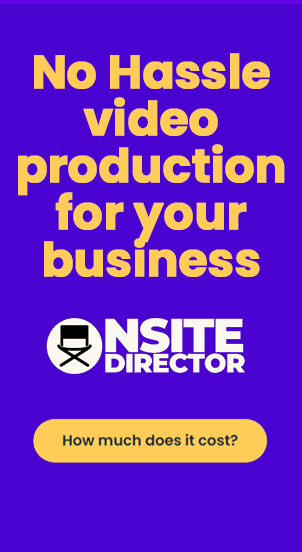Videos are an increasingly popular medium for business, and for good reason. They offer a dynamic and engaging way to showcase products and services, tell brand stories, and persuade viewers to take action.
However, not all videos are created equal, and many fail to achieve their intended objectives. The Fogg Behavioral Model is a useful framework for advertisers looking to create persuasive video content that drives results.
What is the Fogg Behavioral Model?
The Fogg Behavioral Model is a psychology-based framework that describes the three elements necessary for human behavior to occur: motivation, ability, and trigger. B.J. Fogg, a behavioral psychologist and founder of the Stanford Persuasive Technology Lab, developed the model to help businesses understand how to influence consumer behavior. According to the model, behavior occurs when motivation and ability are both high and there is a trigger to act.
How does the Fogg Behavioral Model apply to video for business?
Businesses can use the Fogg Behavioral Model to create persuasive video content that motivates viewers to take action. The model provides a roadmap for creating videos that are motivating, easy to act on, and have a clear trigger. By incorporating these elements, businesses can increase the likelihood that viewers will engage with their product or brand and take the desired action.
Here are some persuasive advertising techniques for videos using the Fogg Behavioral Model:
- Increase Motivation
The first step in creating persuasive video content is to increase motivation. Advertisers must find ways to tap into their target audience’s desires, needs, and aspirations. This can be done by highlighting the benefits of the product, showcasing the unique features, or creating an emotional connection with the audience. In a video ad, this could be achieved by using storytelling techniques, creating visual appeals, or using attention-grabbing visuals.
- Make it Easy to Act
The second step is to make it easy for viewers to take action. Advertisers must simplify the process of buying, using, or engaging with the product. This can be achieved by creating a clear call-to-action, making the purchase process easy, or providing detailed instructions on how to use the product. In a video ad, this could be achieved by including a link to purchase or a phone number to call, or by providing clear and concise instructions.
- Provide a Trigger
Finally, advertisers must provide a trigger that motivates viewers to act. This can be done by creating a sense of urgency, providing a deadline, or making the offer irresistible. The trigger must be simple, easy to understand, and aligned with the target audience’s motivation. In a video ad, this could be achieved by including a limited-time discount, using scarcity techniques, or using urgency language.
Example of a Persuasive Video Ad Campaign Using the Fogg Behavioral Model
Suppose a company wants to promote its new sports drink. To create a persuasive video ad campaign using the Fogg Behavioral Model, the company can:
- Increase Motivation
The video ad can showcase professional athletes who use the sports drink, highlight its performance-enhancing benefits, and create an emotional connection with the target audience.
- Make it Easy to Act
The company can include a clear call-to-action, such as “Order now,” and provide a link to purchase the product or a phone number to call.
- Provide a Trigger
Finally, the company can create a sense of urgency by offering a limited-time discount, such as “Order now and get 20% off for a limited time only.”
By incorporating these persuasive advertising techniques using the Fogg Behavioral Model, the company can increase the likelihood of success and drive sales.
In conclusion, the Fogg Behavioral Model is a powerful tool for businesses looking to create persuasive messages that drive results. By understanding the three elements of behavior – motivation, ability, and trigger – advertisers can create messages that tap into their target audience’s desires, make it easy for consumers to take action, and provide a clear trigger to motivate action. Whether you’re creating ads for a new product launch, promoting a sale, or building brand awareness, the Fogg Behavioral


